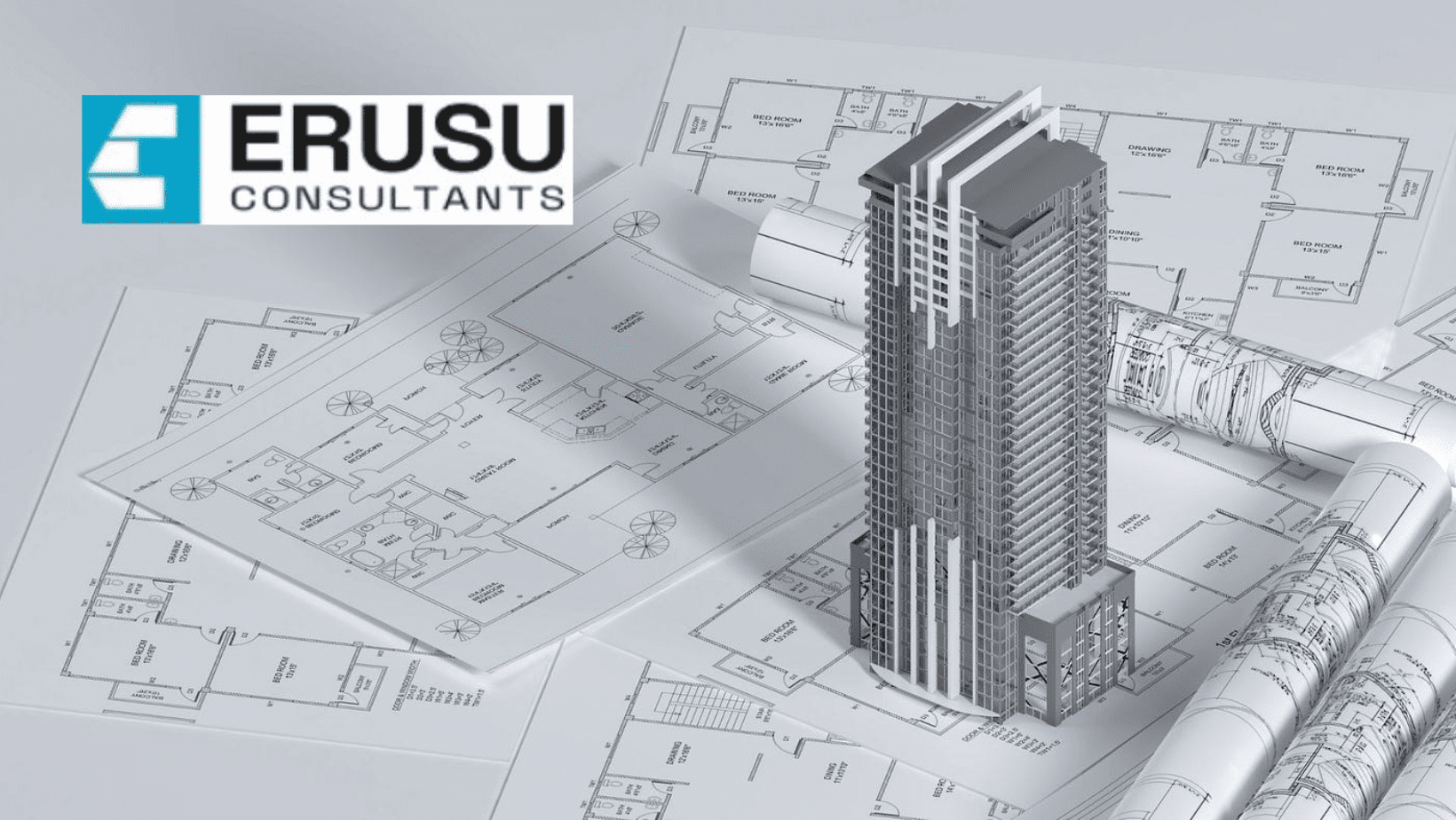Simplifying Structural Design: Key Elements for Business Success
Introduction
Structural design is a crucial element in the success of any business, as it directly impacts the strength, safety, and efficiency of a building or structure. However, the process of structural design can often be complex and overwhelming, especially for those without a strong background in engineering or architecture.
In order to simplify the design process and ensure business success, there are key elements that should be considered. This article will explore these key elements and provide actionable tips for simplifying structural design in order to achieve optimal results.
2. The importance of simplified structural design in business
Simplified structural design plays a vital role in the success of any business. By simplifying the design process, businesses can save time, reduce costs, and enhance the overall efficiency of their operations. Moreover, a simplified design ensures that the structure is safe and can withstand the test of time.
One of the key benefits of simplified structural design is improved project management. A streamlined design process enables businesses to allocate resources effectively and makes it easier to meet deadlines. Additionally, simplified designs are easier to communicate to stakeholders, ensuring that everyone is on the same page.
Furthermore, simplified structural design allows for easier maintenance and modifications down the line. By identifying unnecessary complexities and eliminating them, businesses can reduce future costs associated with repairs and renovations.
In conclusion, simplified structural design is crucial for business success. It enhances efficiency, reduces costs, and ensures long-term safety. By implementing the tips provided in this article, businesses can achieve optimal results and stay ahead of the competition in today’s fast-paced business environment.
3. Identifying key elements for successful structural design
When it comes to simplifying structural design for business success, there are several key elements that should be taken into consideration. These elements will not only aid in streamlining the design process but also ensure optimal results and long-term success.
Firstly, it is essential to conduct a thorough analysis of the project requirements and objectives. By clearly defining the goals and expectations, businesses can design a structure that meets their specific needs and eliminates unnecessary complexities. This analysis should include factors such as budget, timeline, and functionality.
The second key element is collaboration and communication. It is crucial to involve all stakeholders, including architects, engineers, and project managers, from the early stages of the design process. Open and transparent communication will help streamline decision-making and ensure that everyone is working towards the same vision.
Lastly, utilizing technology and software can greatly simplify the design process. Advanced modeling and simulation tools enable businesses to visualize the structure, identify potential issues, and make informed decisions. These tools also facilitate collaboration and make it easier to communicate the design to stakeholders.
By incorporating these key elements into the structural design process, businesses can simplify their operations, reduce costs, and ultimately achieve success in their endeavors.
4. Streamlining processes and communication
Streamlining processes and communication is another crucial element in simplifying structural design for business success. By identifying and eliminating unnecessary steps, redundancies, and bottlenecks in the design process, businesses can improve efficiency and reduce costs.
One effective way to streamline processes is by implementing standardized procedures and workflows. By establishing clear guidelines and protocols, businesses can ensure consistency and avoid wasteful practices. This includes defining roles and responsibilities, setting timelines and milestones, and implementing quality control measures.
In addition, effective communication is vital for successful structural design. Regular meetings, progress reports, and status updates should be conducted to keep all stakeholders informed and aligned. Utilizing project management software or collaboration platforms can also enhance communication and foster efficient collaboration among team members.
By streamlining processes and promoting effective communication, businesses can optimize the structural design process, minimize errors, and ensure timely completion of projects. This will not only improve overall productivity but also enhance customer satisfaction, leading to long-term success and growth.
5. Embracing technology for efficiency
In today’s digital era, embracing technology is essential for businesses looking to simplify structural design and achieve greater efficiency. By leveraging technology tools and software, businesses can streamline their design processes and take their efficiency to new heights.
One important tool that businesses can utilize is Building Information Modeling (BIM) software. BIM allows for the creation and management of a digital representation of a building or infrastructure project. This software enables collaboration, coordination, and visualization of design elements, reducing the chances of errors and conflicts.
Another technology that can enhance efficiency in structural design is simulation software. Simulation tools allow designers to test the performance and behavior of a structure in a virtual environment. By analyzing different scenarios and making adjustments as necessary, businesses can optimize their designs before any physical construction takes place, saving valuable time and resources.
Furthermore, cloud computing and collaborative platforms provide a centralized space for team members to access and work on project files simultaneously. This eliminates the need for multiple versions of files and enables real-time collaboration, promoting efficient communication and preventing any delays or miscommunications.
By embracing technology, businesses can revolutionize their structural design processes, improving efficiency, accuracy, and collaboration. This not only results in cost savings but also enhances the overall quality of the final product. Stay tuned for the next section as we explore the importance of continuous learning and improvement in simplifying structural design for business success.
6. Creating a culture of adaptability and flexibility
In addition to embracing technology, creating a culture of adaptability and flexibility is crucial for simplifying structural design and achieving business success. As the construction industry continues to evolve, businesses must be willing to adapt to new trends, techniques, and tools.
Continuous learning and improvement are essential for staying ahead in the industry. Encourage your team to participate in professional development programs, attend workshops, and engage in online courses to enhance their skills and knowledge. By staying up to date with the latest advancements in structural design, you can ensure that your business remains competitive and at the forefront of innovation.
Flexibility is another key element for success. The ability to adapt to changing client needs, project requirements, and industry demands is vital in simplifying structural design. Being open to new ideas, embracing feedback, and being willing to make adjustments throughout the design process will help streamline workflows and ensure successful outcomes.
By fostering a culture of adaptability and flexibility, your business will be well-positioned to simplify structural design, increase efficiency, and achieve long-term success. Stay tuned for the next section as we delve into the role of effective communication in the simplification process.
7. Measuring success and making adjustments
Measuring the success of your structural design initiatives is a crucial step in simplifying the process and ensuring long-term business success. By setting clear goals and key performance indicators (KPIs), you can track the effectiveness of your design strategies and make adjustments as needed.
Regularly reviewing and analyzing data will provide valuable insights into areas that need improvement or optimization. Pay attention to metrics such as project completion time, client satisfaction, cost efficiency, and quality of deliverables. These indicators will help you identify any bottlenecks or inefficiencies in your design process.
Once you have identified areas for improvement, be proactive in making adjustments. This could involve introducing new tools or technologies, implementing process changes, or providing additional training to your team. Regularly communicate with your team members and involve them in the decision-making process to ensure their buy-in and commitment to these changes.
In the next section, we will explore the role of effective project management in simplifying structural design and achieving business success. Stay tuned for more valuable insights.
8. Conclusion:
Simplifying structural design for long-term business success
In conclusion, simplifying structural design is essential for achieving long-term business success. By setting clear goals and using key performance indicators, you can track the effectiveness of your design strategies and make necessary adjustments. Regularly reviewing data and analyzing metrics such as project completion time, client satisfaction, cost efficiency, and deliverable quality will help you identify areas for improvement.
Be proactive in implementing changes, whether it involves new tools, process changes, or additional training for your team. Communication and involvement of team members are crucial to ensure their commitment to these changes. Effective project management plays a vital role in simplifying the design process and achieving business success. Stay tuned for the next section as we delve into the importance of effective project management practices.






